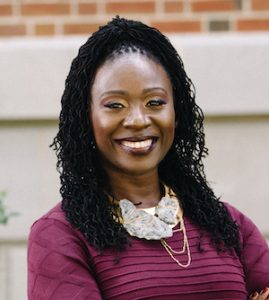You know, they straightened out the Mississippi River in places, to make room for houses and livable acreage. Occasionally the river floods these places. “Floods” is the word they use, but in fact it is not flooding; it is remembering. Remembering where it used to be. All water has a perfect memory and is forever trying to get back to where it was. Writers are like that: remembering where we were, what valley we ran through, what the banks were like, the light that was there and the route back to our original place. It is emotional memory—what the nerves and the skin remember as well as how it appeared. And a rush of imagination is our “flooding.”
Toni Morrison (1995, pp. 98-99)
Everyone was startled by the flood that burst forth from my previously dry tear ducts, even me. What was supposed to be an ordinary oral presentation of a culminating assignment for Wendy Luttrell’s popular graduate school course on visual methodologies, Doing Visual Research with Children and Youth, had morphed into a strange waterworks festival starring me as the headlining performer. In addition to Wendy, a professor at the City University of New York’s Graduate Center, the audience included Tran Templeton and several other peers who were also my fellow doctoral students at Teachers College, Columbia University.1 The course drew on Wendy’s work with children and youth in a public elementary school located in a working-class city in the Northeastern United States (Luttrell & Clark, 2018). Wendy’s intent was to inspire a “need to know more stance” (Luttrell, 2010, p. 233) about children and youth, that is, to cultivate a curiosity about how young people (re)constructed their lives and represented themselves, particularly with regard to the complex intersections of social identities, such as class, race, gender, and immigrant status. The assignment directions were seemingly straightforward: Wendy asked each student to peruse her extensive archive of photographs and videos, choose a focal child, then provide a visual analysis based on a video recording of that child making meaning of their own photographs.

